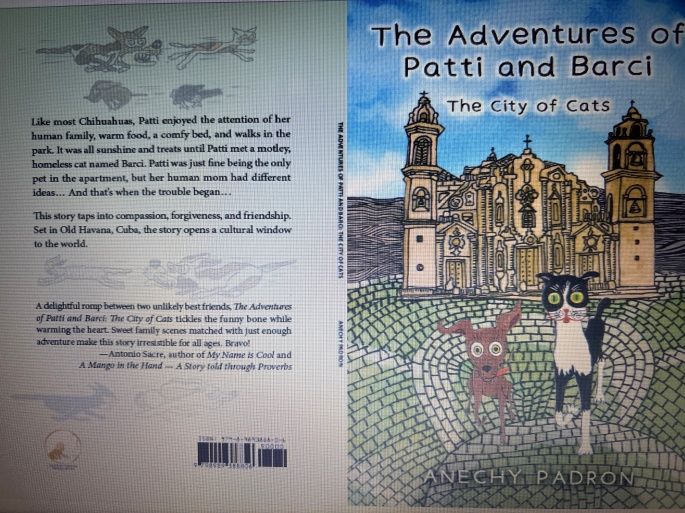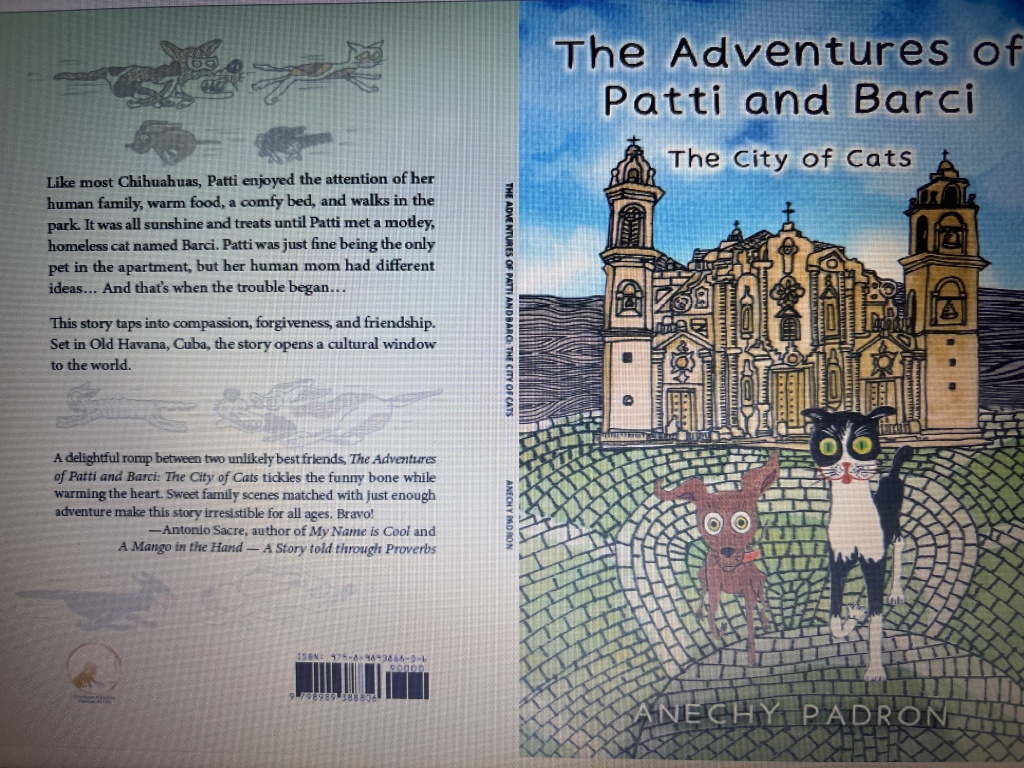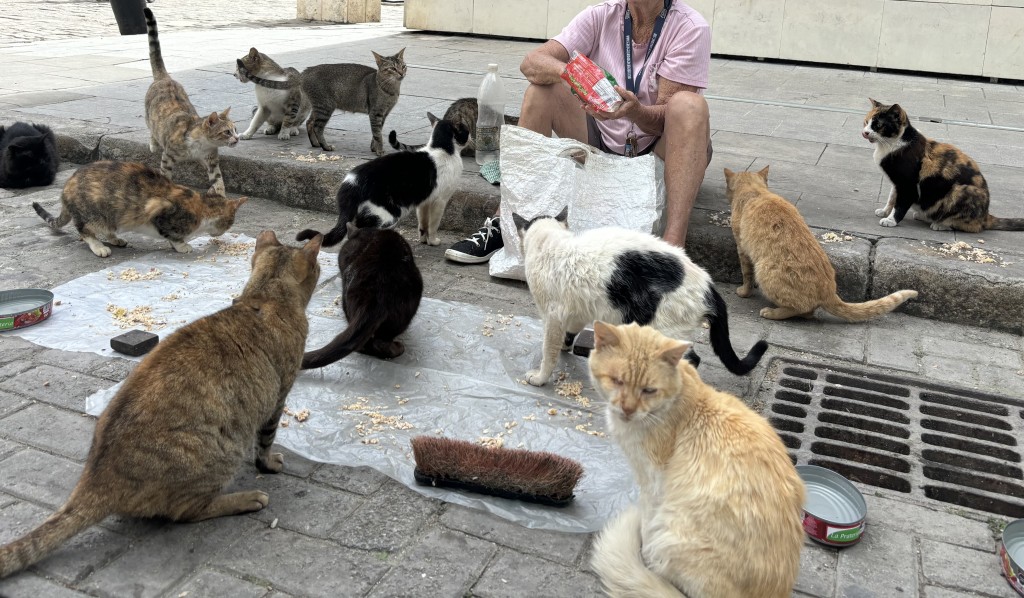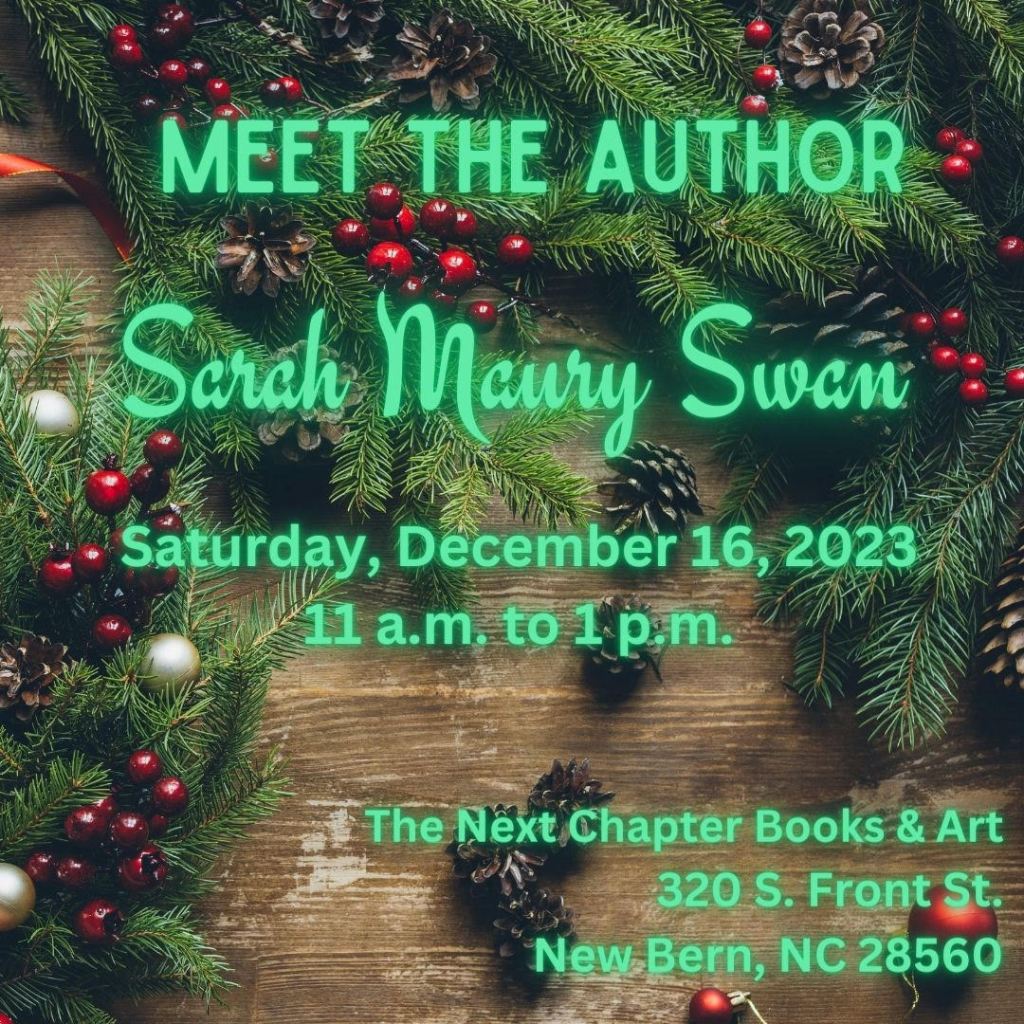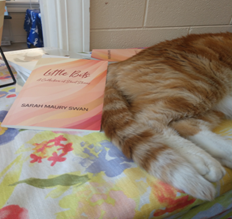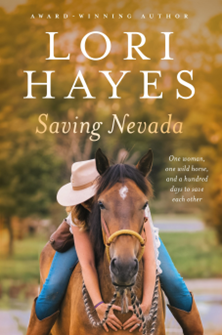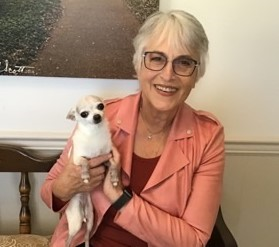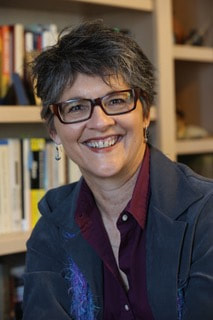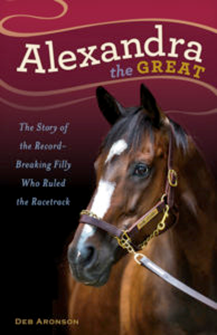Each of us is the same as the other, but each of us is also different. The differences may make us shy or may embolden us. How we deal with our sameness and our differences is what makes us unique.

If you have strong desires and an independent spirit, it’s hard to follow the rules. And you can be ridiculed for it, even if you aren’t shy.
A Pinch of Magic
Michelle Harrison
Three sisters live in a place called Crowstone which has three small islands just off its coast. On one end of the area is a misty, moisty marsh which perhaps harbors sprites and other scary beings. The townspeople are frightened of the area, but Betty, the middle sister, wants to go on adventures including going across the marsh. The girls have been told they will die if they leave the confines of Crowstone, but Betty thinks it’s malarky. That it’s just stories Granny tells to keep the girls in check. Granny tells them of the curse they live under and gives them each a magical object. Betty thinks that if they combine their magic, they can break the curse and be free to roam wherever they wish. Not as easy as it might seem she discovers, especially when they accidentally set free an evil convict from the island prison. The story is told in an endearing style, though the writer and editors could have paid a bit closer attention to correct grammar. Betty and her sisters Felicity and Charlie, using their native wits and bravery, overcome many obstacles and end up in a better place than they could have imagined. Teachers can use the book to inspire discussion of overcoming difficult problems.
BIBLIO: 2020, Books for Young Readers, Houghton Mifflin Harcourt, Ages 8 to 12, $16.99.
REVIEWER: Sarah Maury Swan
FORMAT: Middle Reader
ISBN: 9780358193319
ISBN: 9780358272921
The second book has an excellent story arc of how we deal with parents and their dreams and how they differ from yours. How you can still love someone even if you don’t agree with the person’s ideas.
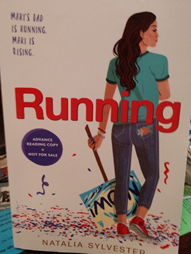
Running
Natalia Sylvester
Mariana Ruiz’s life has turned into an ongoing drama in which she no longer has any privacy. Anything she says or does comes out in the national news because her father is running for president in the national primaries. He and Mami spend all of their time—at least it seems that way to fifteen-year-old Mari—writing speeches and traveling on the campaign trail. Mari and her younger brother, Ricky, are made to participate in local Miami events and it’s wearing on her. She feels she lost her parents and their support. That she and Ricky don’t really matter anymore except as campaign photo-op props. But then she discovers Papi’s biggest contributor is a less than scrupulous real estate developer who is polluting the water and destroying neighborhoods. Not only that Papi helped make it possible when he passed legislation as a state senator that allowed sewage to be dumped into the aquifer. Now Mariana has to come to grips with the fact that her father is not who she thought he was. With the help of friends, she gets involved in a student movement demanding that water pollution stop and that big developers are called to account for the damage they’ve done. She grows during the story, learning that she can speak out and that she can challenge her father. This is quite a compelling story with a great deal of relevance in modern American life. Teachers can have a field day choosing topics with which to encourage their students to think for themselves. Plus, the reader gets to learn some Spanish along the way.
BIBLIO: 2020, Clarion Books/Houghton Mifflin Harcourt Books for Young Readers/Houghton Mifflin Harcourt, Ages 12 +, $17.99.
REVIEWER: Sarah Maury Swan
FORMAT: Young Adult
ISBN: 978035124351
ISBN: 978035830806
Shyness in children is an ongoing problem. The main character is the previous story is shy, but learns to blossom. In a different way, the main character in next story learns to overcome her shyness.

Vivaldi
Helge Torvund
Illustrated by Mari Kandstad Johnsen
Translated by Jeanie Shaterian and Thilo Reinhard
Tyra is shy and doesn’t know how to communicate with others, but begins to blossom when she gets a kitten. Though she may not be able in interact with other people, she can talk to her new cat. And she can interact with the world when playing her piano. She names the cat Vivaldi. At school, Tyra doesn’t play with other children and doesn’t participate in her class so her classmates whisper behind her back and tease her. With the help of Vivaldi, Tyra begins to come out of her shell. This lovely story is told in poetic form and should be read in a gentle, quiet voice that will comfort children and make them understand that lots of people are shy. And that lots of people feel as they do. The illustrations are simplistic in a way, but fit the style of the story quite well.
BIBLIO: 2019 (orig. 2011,) New York Review of Books, Ages 4 to 7, $15.99.
REVIEWER: Sarah Maury Swan
FORMAT: Picture Book
ISBN: 978-1-68137-374-4
Here’s hoping you all have a jolly and loving holiday, whether it’s to celebrate the birth of Jesus Christ, or the meaning of Hanuka or just warmth of having family and friends around. And here’s hoping for a good new year, with a more inclusive and cooperative world. See you in 2020. Sarah


